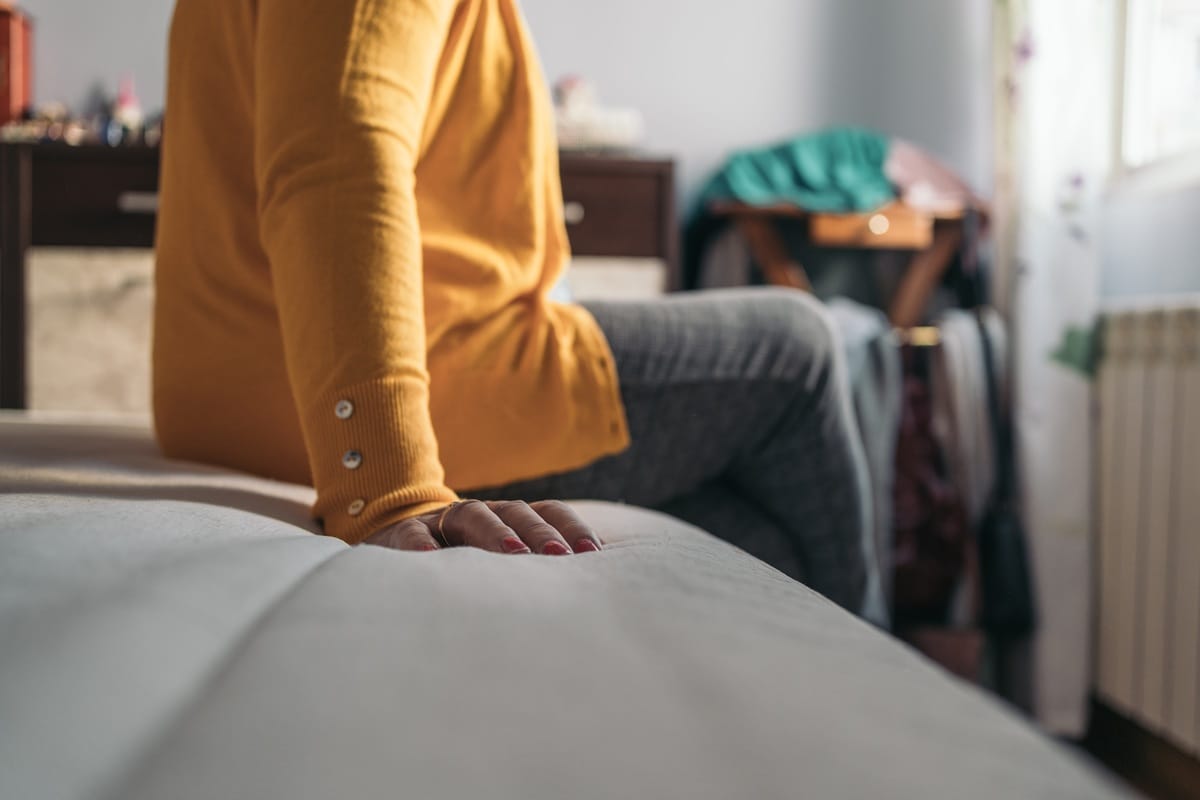Respite care checklist: What to pack for a comfortable stay
When preparing for a respite care stay, packing thoughtfully can make a significant difference in how comfortable and supported your loved one feels. Respite care provides temporary accommodation for seniors, giving caregivers a well-deserved break while ensuring their loved ones receive professional care. By including all the necessary items – from clothing to comfort objects – you can help create a home-like environment that eases the transition.
We’ll outline a comprehensive packing checklist, tips for making the process easier, and insights to ensure your loved one has everything they need for a pleasant stay.
Why packing properly matters
Entering a new environment can be challenging for anyone, particularly for seniors who are used to the comfort of their home. Bringing familiar items, along with essentials, helps to reduce anxiety and ensures that the aged care facility staff can provide the best possible care. A thoughtfully packed bag ensures preparedness and helps your loved one to settle in quickly and comfortably.
Packing also minimises potential issues during the stay, such as missing medications or inadequate clothing. By preparing in advance, you’ll save time and ensure peace of mind for both yourself and your loved one during their respite stay.

Our recommended respite care packing checklist
1. Clothing
Pack practical, comfortable, and weather-appropriate clothing:
- Pack at least 3 sets of everyday wear, including tops, trousers, skirts, or dresses for the duration of the stay. Consider a few extra sets in case of any spills or accidents.
- Bring at least 3 sets of pyjamas. You may want to also pack a dressing gown and slippers for better night-time comfort.
- Warm jackets, scarves,or gloves for colder seasons, or lighter clothing for warmer months.
- Pack at least 3 pairs. It is always better to bring more than needed, as these items may require frequent changes.
- Include sturdy, comfortable shoes and slip-resistant slippers.
Ensure all items are clearly labelled to avoid mix-ups during laundering.
2. Toiletries and personal care items
Although basic toiletries are provided, it is recommended that you bring your own daily use items if you have any specific preferences or sensitivities. These items may include:
- Toothbrush, toothpaste, and mouthwash.
- Hairbrush, comb, and shampoo/conditioner.
- Body wash, lotion, and deodorant.
- Facial skincare products.
- Shaving supplies or electric razors for men.
- Continence aids
- Nail care tools, like clippers or a file.
3. Medical essentials
Health and medication needs should be prioritised:
- Pack all prescribed medicines in a webster/ blister pack, or in their original packaging with clearly labelled instructions.
- If in use, include walkers, hearing aids, glasses, glucose monitors, or CPAP machines.Ensure that these are clearly engraved or labelled with your loved ones name to ensure they are not misplaced during their stay.
- Document all medications, dosages, and administration times to assist care staff in providing care to your loved one.
- Any additional medical supplies, such as bandages or ointments.
A doctor’s letter detailing dosages and administration times can help ensure correct administration.
4. Personal comfort items
Familiarity can make all the difference in a new environment:
- A favourite blanket, or pillow for comfort.
- Family photos or cherished keepsakes.
- Books, crossword puzzles, or knitting supplies to pass the time.
5. Important documents
Administrative needs are often overlooked but are crucial:
- Medicare and private health insurance cards.
- Emergency contact details for family members or friends.
- ACAT approval letters, relevant medical history and any care plans provided by the family GP.
6. Communication devices
Stay connected and entertained with these devices:
- Mobile phone, laptop, tablet, or Kindle.
- Chargers for all devices.
- Headphones for private listening.
Label these items to prevent misplacement. Confirm Wi-Fi availability with the facility.
7. Entertainment and hobbies
Staying engaged is important for mental and emotional well-being:
- Portable games, art supplies, or music devices with headphones.
- Favourite books, magazines, or a Kindle.
8. Snacks and beverages
For light indulgences, pack some approved snacks:
- Non-perishable items that align with dietary restrictions.
- A refillable water bottle or thermos for staying hydrated.

How to ensure a smooth packing process
1. Consult the aged care facility
Each aged care home may have specific guidelines about what to bring. Contact the facility in advance to confirm their policies, recommended items, and any restrictions on what can be packed.
2. Label everything clearly
Ensure all clothing, medications, and personal items are labelled with the resident’s name. This prevents mix-ups and helps staff return items to the correct owner.
3. Use a checklist
A detailed checklist ensures that nothing is forgotten. Tick off items as you pack them to avoid any last-minute stress.
4. Test items in advance
For mobility aids or medical equipment, ensure they’re in good working condition before packing. If possible, include spare batteries or a backup device.
5. Pack light but smart
Avoid overpacking by focusing on essentials. Facilities often provide many necessities, such as bedding and toiletries, so you don’t need to duplicate these items unless your loved one has specific preferences.
What not to bring
To protect belongings and ensure a smooth experience, avoid packing:
- Expensive jewellery or valuables that could get lost or damaged.
- Fragile items that are prone to breaking.
- Large sums of money, as most facilities discourage holding cash on-site.
- Overly bulky or unnecessary items that take up space.
How to personalise the experience
Adding personal touches to the packing process can help seniors feel more at ease:
- Decorate the space: Family photos, artwork, or mementos can make their room feel homely.
- Comfort through familiarity: Items like their favourite blanket or a scented lotion can evoke a sense of home.
- Encourage connection: Pack items that foster social interaction, such as board games or hobbies they can share with others.

St Jude’s commitment to comfort
At St Jude’s, we understand that preparing for a respite stay can be an emotional process for both seniors and their families. That’s why we go above and beyond to ensure each resident feels comfortable, supported, and cared for during their time with us.
Our professional team is here to assist with unpacking, setting up personal spaces, and addressing any concerns families may have. With engaging activities and a nurturing environment, we prioritise creating a positive experience for all residents.
FAQs: Packing for respite care
No, aged care facilities typically provide bedding, towels, and other essentials. However, personal preferences, such as a favourite blanket or pillow, are welcome.
While some facilities may allow snacks, home-cooked meals are usually not permitted due to dietary health and safety regulations. At St Jude’s, our catering teams provide customised meal plans based on client allergies and cultural preferences. To ensure that your loved one is able to enjoy their meals during their stay, it’s best to consult the facility directly.
Yes, ensure to include all prescribed medications in clearly labelled packaging, along with a detailed list for staff reference. Ensure dosages and administration schedules are accurate so that staff can ensure these are followed during their respite stay.
Preparing for a smooth transition
Packing for a respite stay isn’t just about logistics; it’s about ensuring your loved one feels valued, comfortable, and secure. By following this checklist and customising the packing process to meet their needs, you can provide a sense of stability and warmth during their time in care.
At St Jude’s, we’re here to make every respite stay a positive experience. Contact us today to learn more about our services and how we can help your family prepare for a seamless transition.